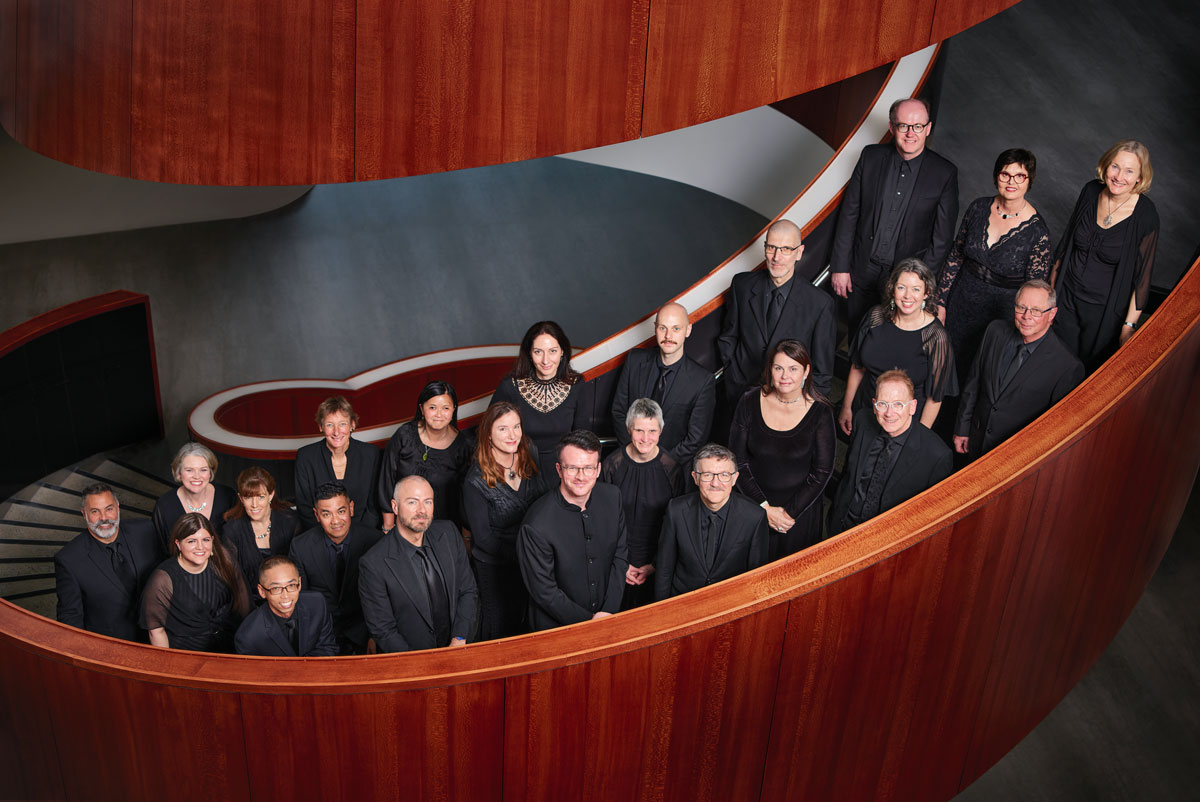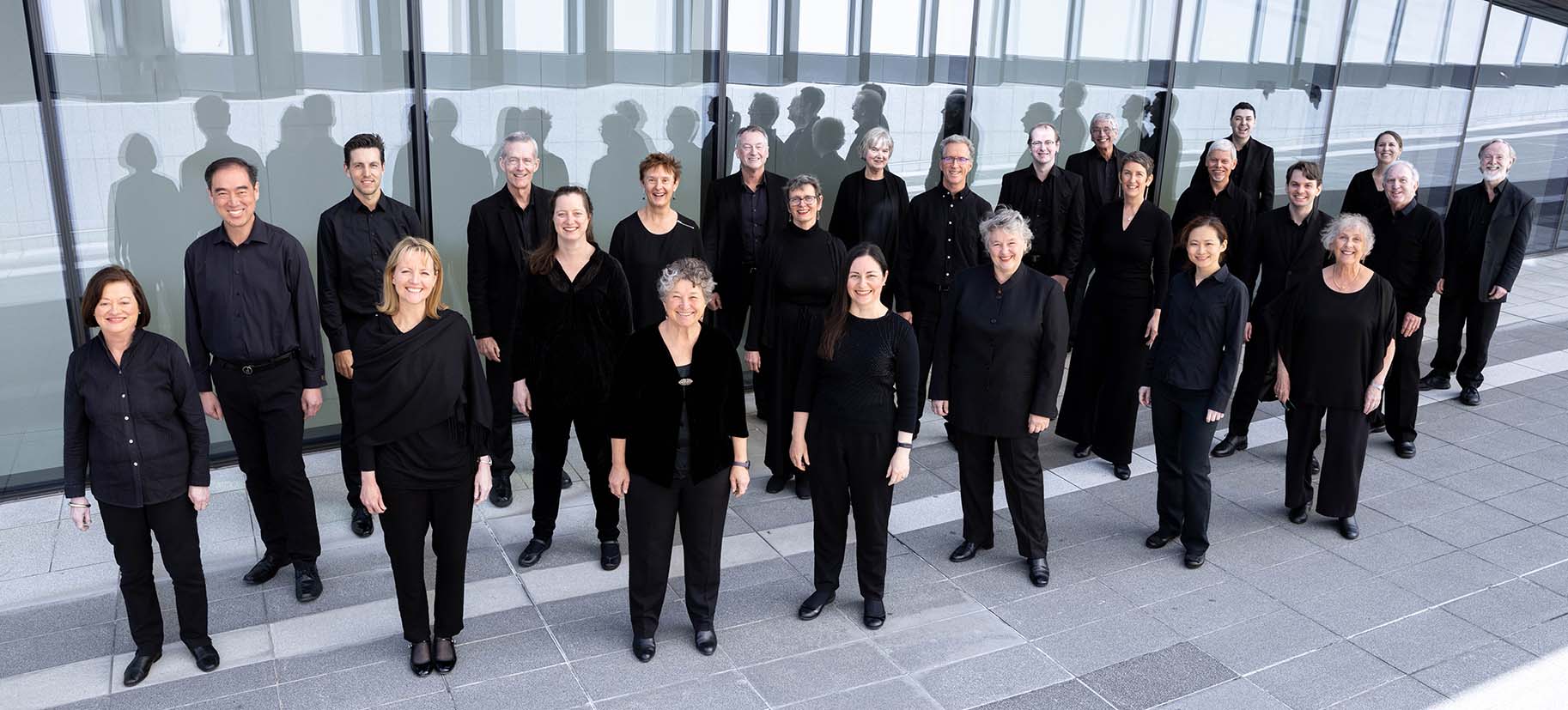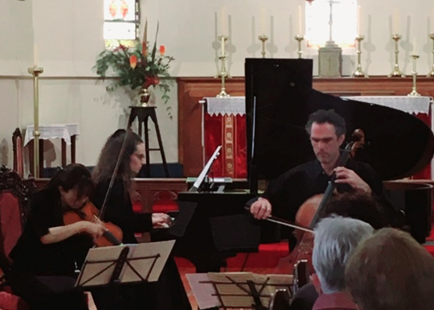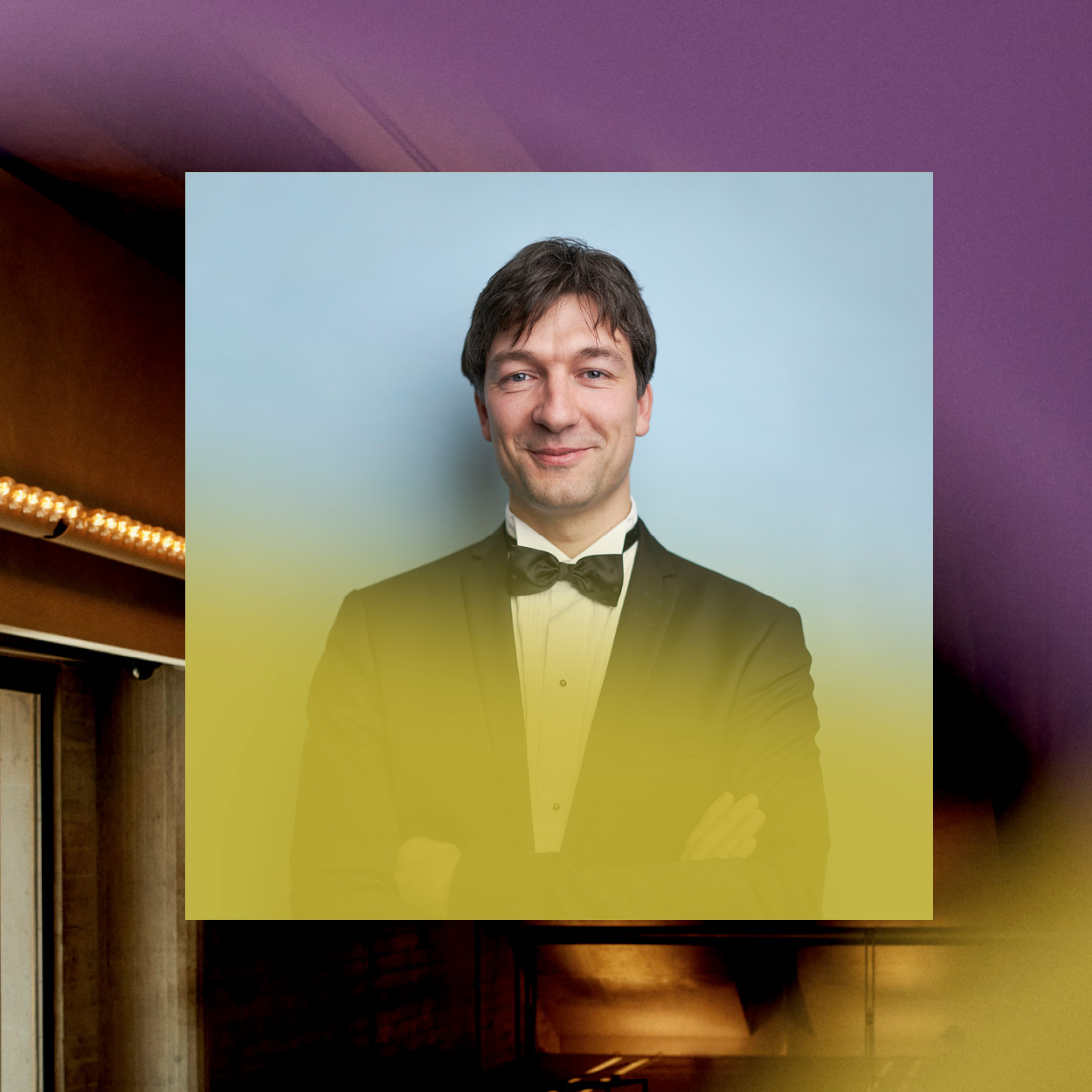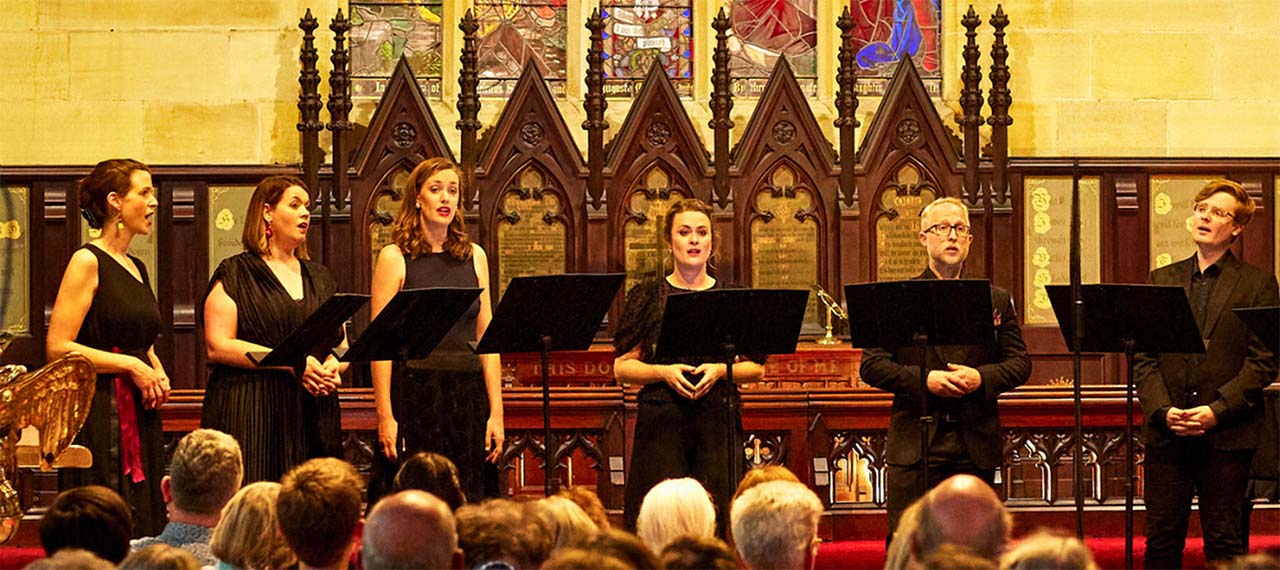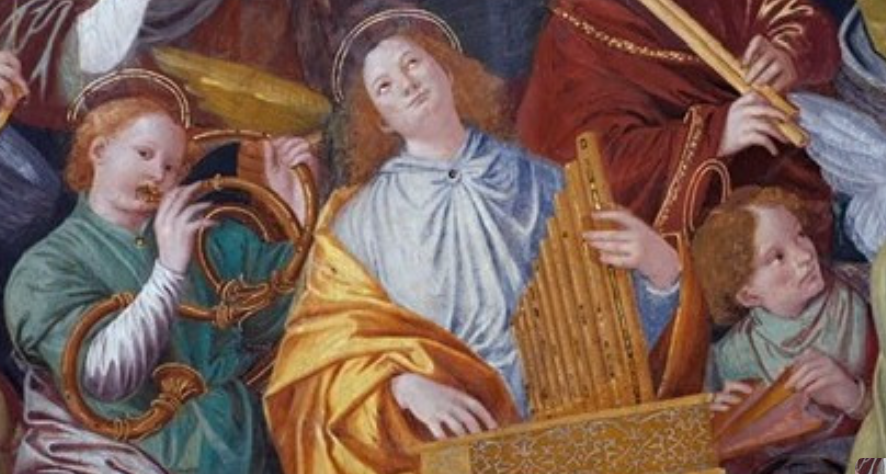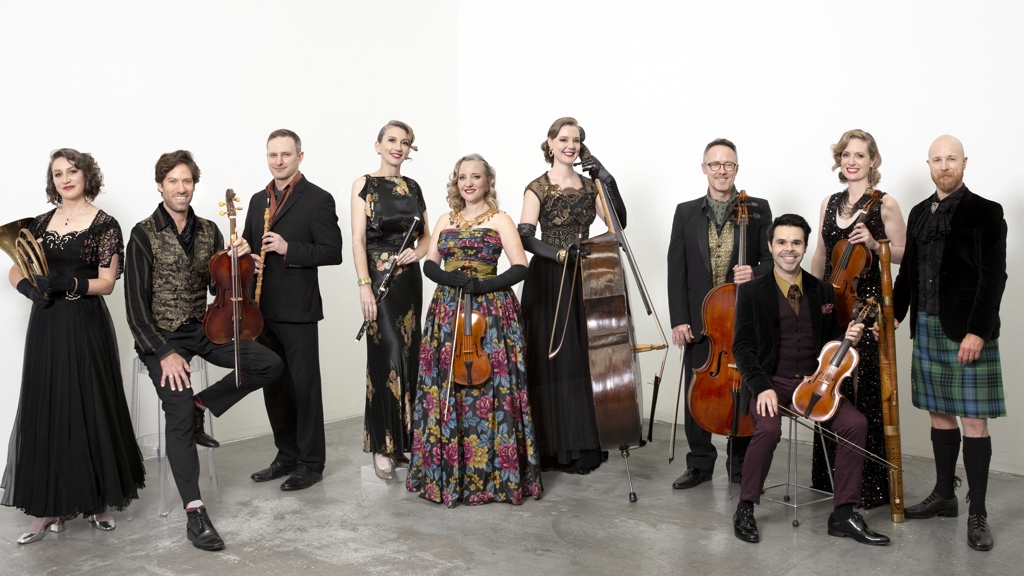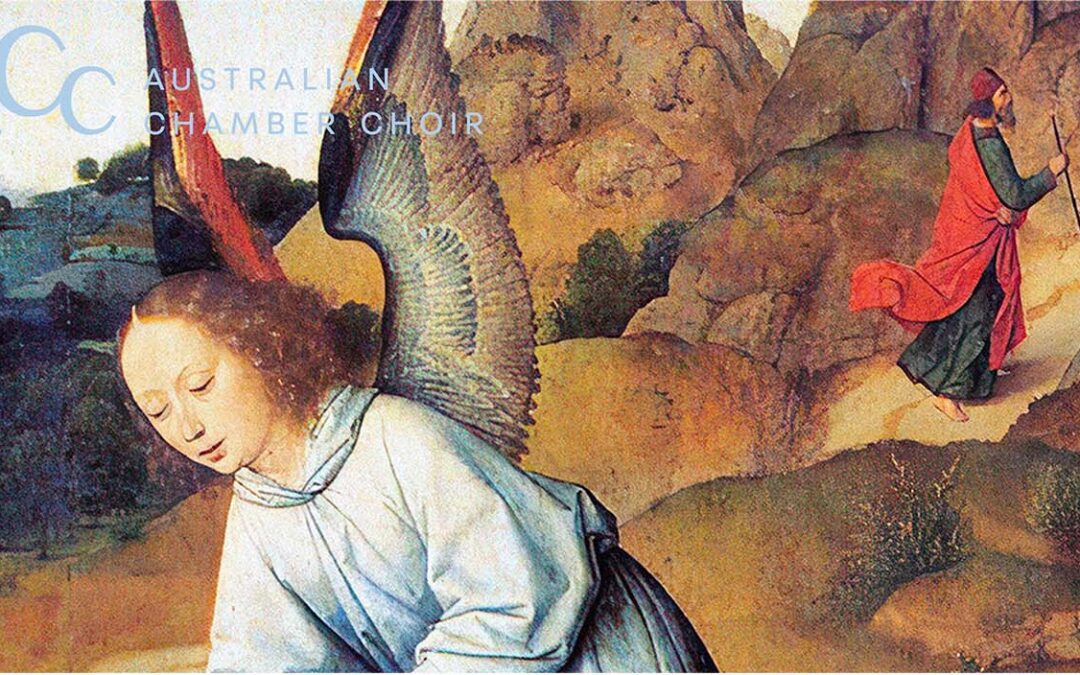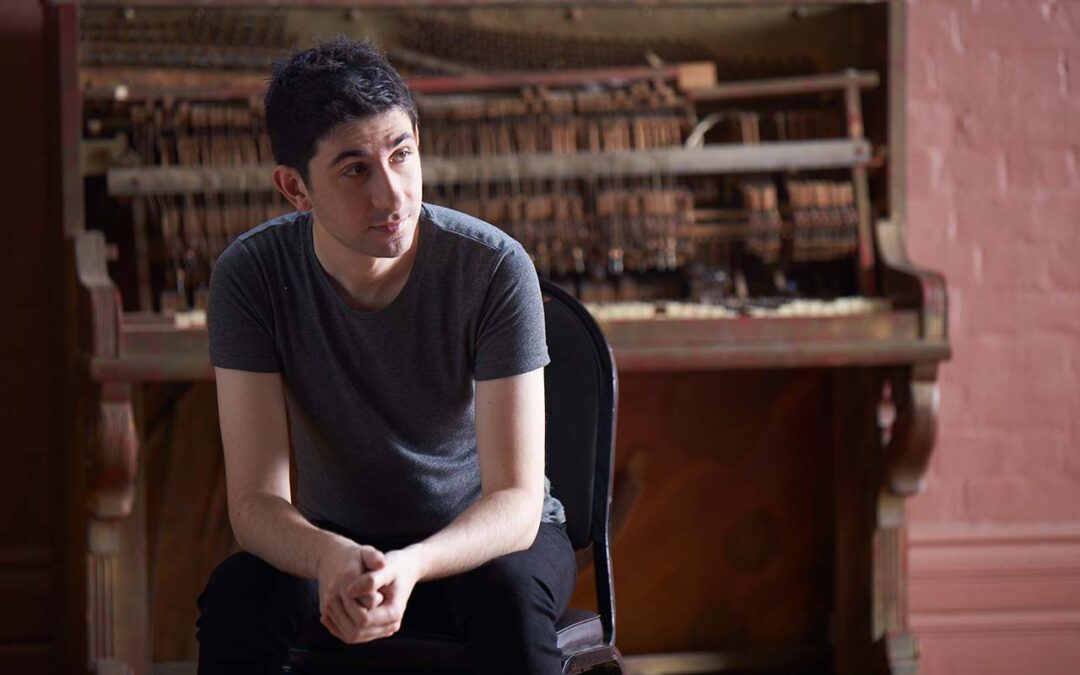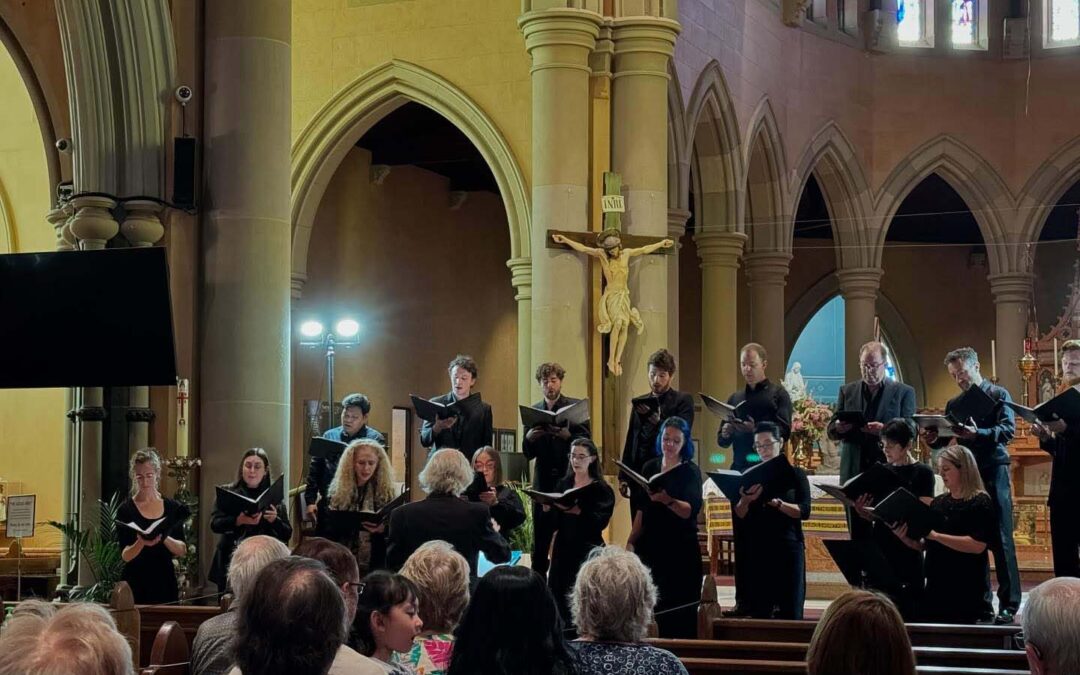As part of the Sydney Conservatorium of Music Centenary year, a week-long Festival showcasing the various Departments within the institution was held.
The Sydney Conservatorium of Music (SCM) Early Music Ensemble, tutored by Alumnus Associate Professor Neal Peres da Costa, played a splendid program of Baroque music under the direction of another Alumnus Paul Dyer, the founder of the Australian Brandenburg Orchestra and Choir.
The concert commenced in a most spirited fashion with Introduttione Teatrali from 12 Concerti Grossi Op 4 No 5 by Italian composer Locatelli. The Dyer-led ensemble included 2 harpsichords, chamber organ, strings, and theorbo. The three-movement work featured lively rhythms and contrasting dynamics.
Next, Telemann’s five-movement Concerto for 2 horns and strings TWV52:D2 presented the two horn players in the orchestra, Natasha Roumanoff and Douglas Ross, with the chance to shine as soloists. This they did with great polish, most evident in the third movement Allegro where Roumanoff made playing the valveless Baroque horn appear ridiculously easy. They were ably supported by the strings and woodwinds including recorders, a pair of oboists, and a bassoonist.
By this time, concertmaster Annie Gard was making quite an impression with her leadership and her wonderful technique using a Baroque bow, a star in the making, I thought.
The last work before Interval was by lesser-known French composer, Jean-Fery Rebel. The ensemble performed selected movements from the 7 sections of his symphony Les Elemens or The Elements. In the eighteenth century, it was understood that God created the world not from nothing but from chaos, which consisted of the 4 elements, earth, air, fire, and water, that were in contention with each other.
The work started with Le Chaos where, Rebel wrote in an introduction “I dared to combine the confusion of the Elements with harmonic confusion“. The Elements were represented through “the most commonly known devices” that is, musical figures that audiences would recognise as representing a given Element “the flutes, by lines that move up and down imitate the murmur of running Water, Air is depicted by long-held notes followed by trills on the small flutes” which is exactly what was heard, courtesy of the versatile Baroque flute/small flute/recorder player, Theo Small. The Chaconne featured a lovely melody from the wind section while the Tambourin featured a lively interplay between the concertmaster and the single bassoonist. The piece was driven into the Caprice (Rondeau) by the enthusiastic Dyer, this time only conducting and not leading from the harpsichord, ending with a brilliant flourish courtesy of the valveless horns and trumpet.
JS Bach’s well-known Brandenburg Concerto No 4 BWV1049 commenced proceedings in the second half. The ensemble was rearranged so that the 2 recorder players duelling with the concertmaster were in prominent positions. Gard again showed us her skill, making extremely difficult fast passages look very easy and entirely effortless, a sign of potential greatness.
The tenor, James Doig, enthusiastically sang Handel’s aria from Semele HWV58 Where’er You Walk, but it was a little weak in the lower register. No such trouble for the soprano, Janine Harris, in the following aria from Handel’s Belshazzar HWV61 Thou God Most High. Her warmth and expressiveness came through in her performance.
The night was completed by selected movements from Handel’s Water Music Suite in F major HWV348. Neal Peres da Costa made an appearance on the chamber organ. The full orchestra, including 2 theorbos and 2 harpsichords, rounded off the concert, highlighted by a Baroque oboe solo by a most capable young player, Hamish Spicer.
Photo credit: Steven Godbee
Review for:
![]() Sydney Conservatorium of Music Centenary Festival – SCM Early Music Ensemble | 9 Oct 2015 | Verbrugghen Hall
Sydney Conservatorium of Music Centenary Festival – SCM Early Music Ensemble | 9 Oct 2015 | Verbrugghen Hall![]()

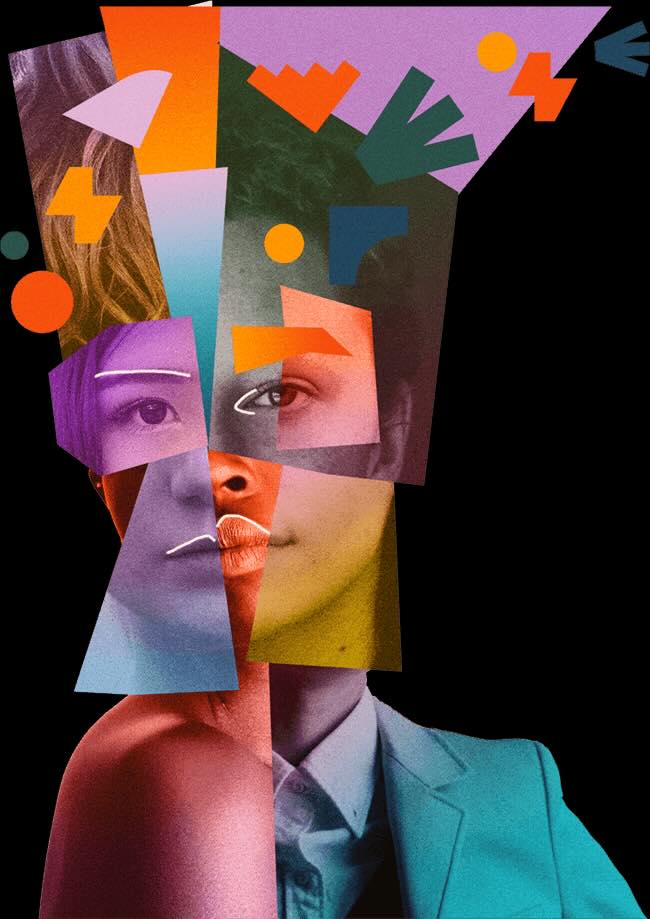

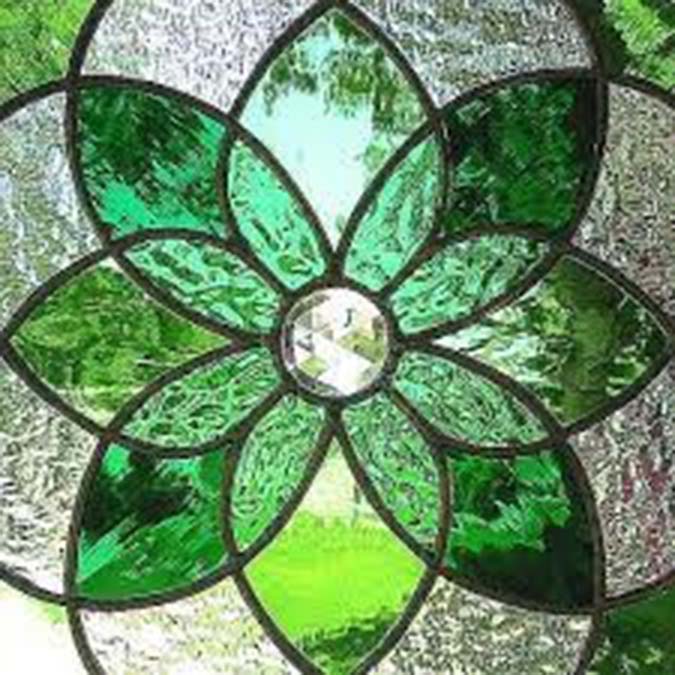
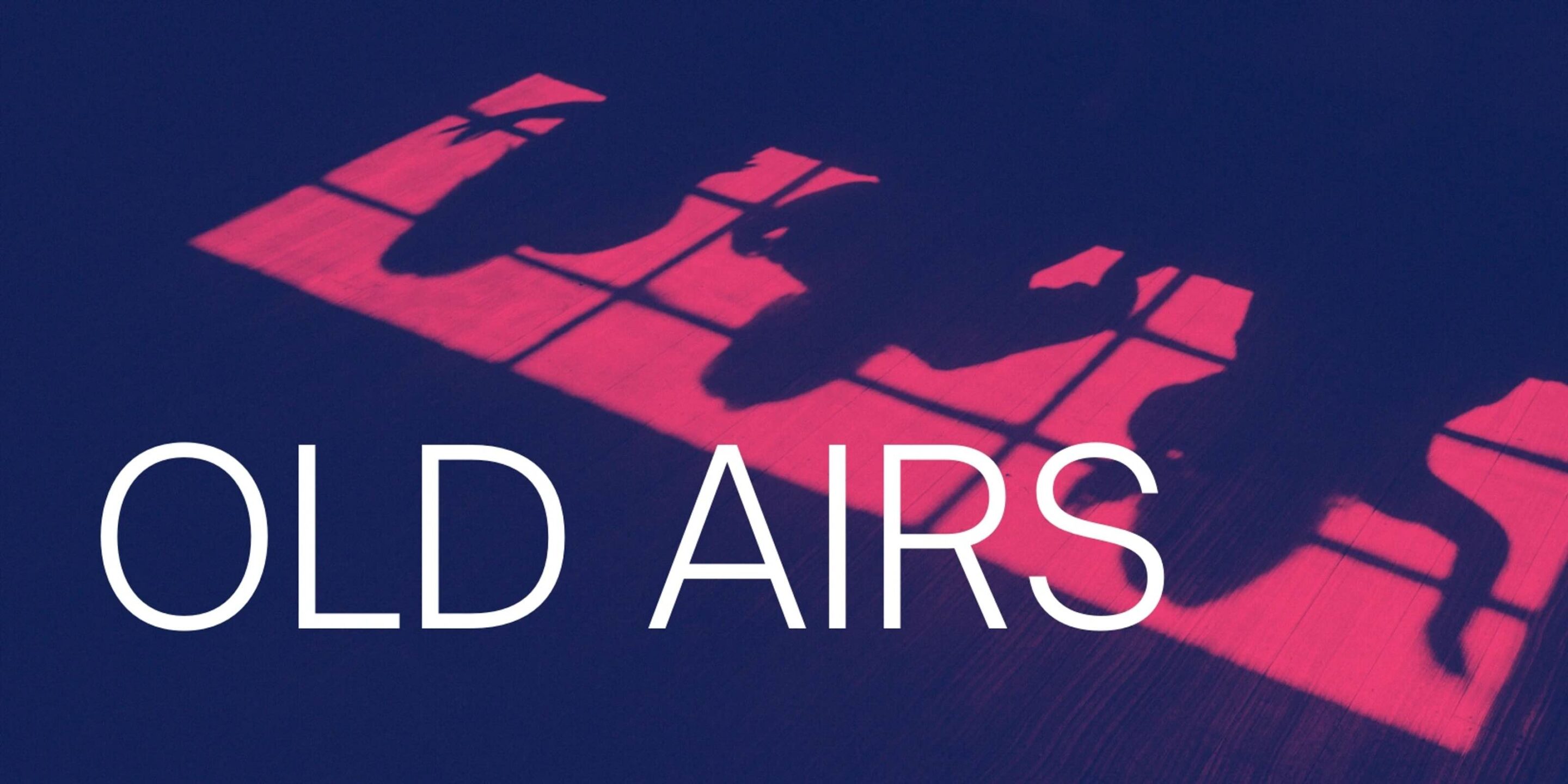
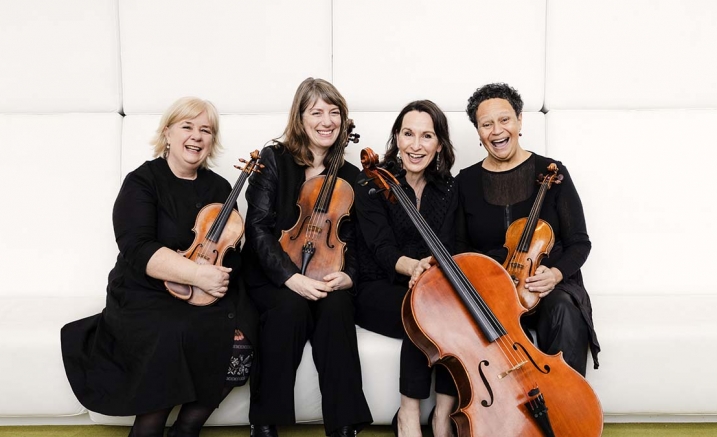


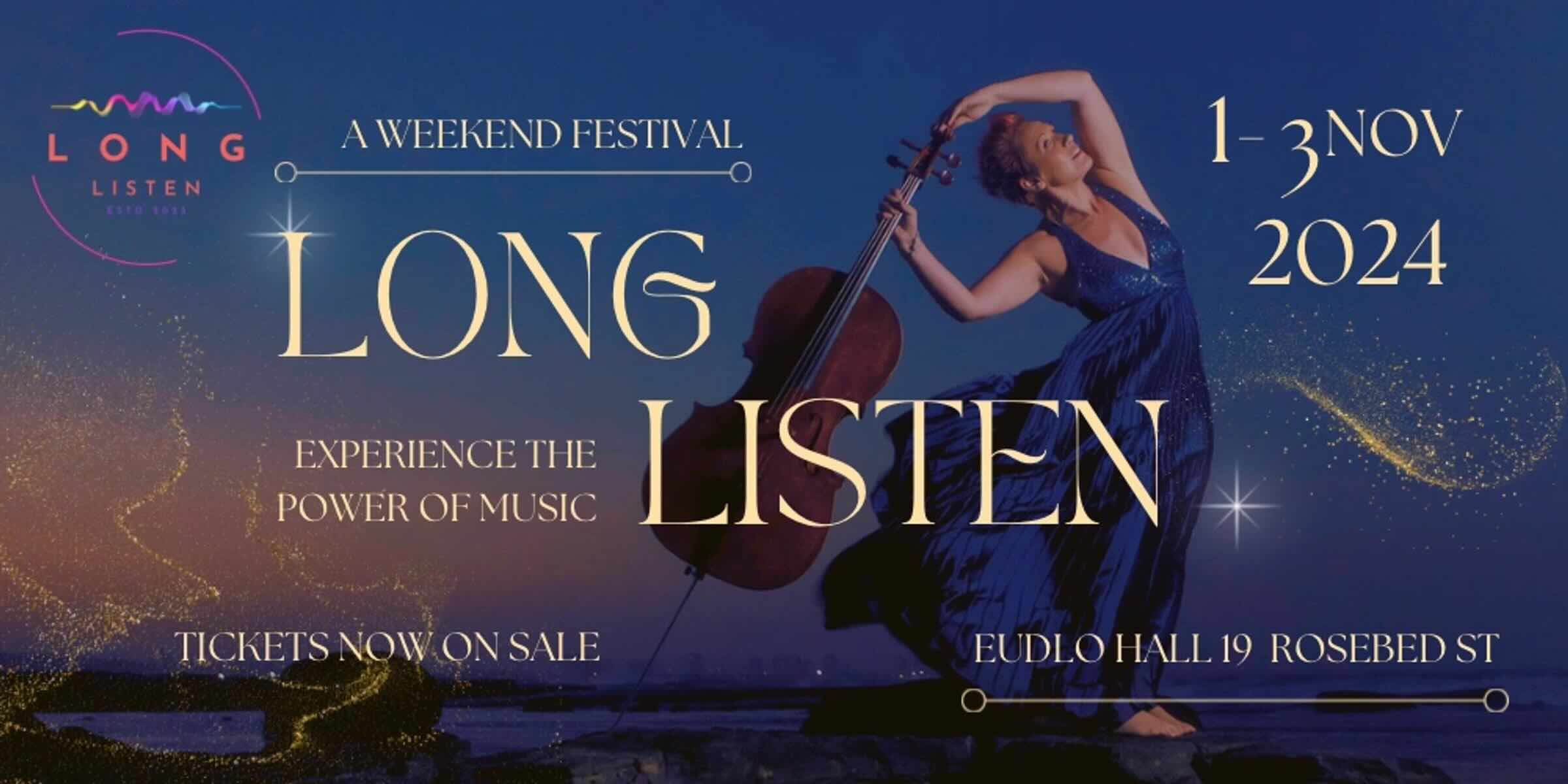
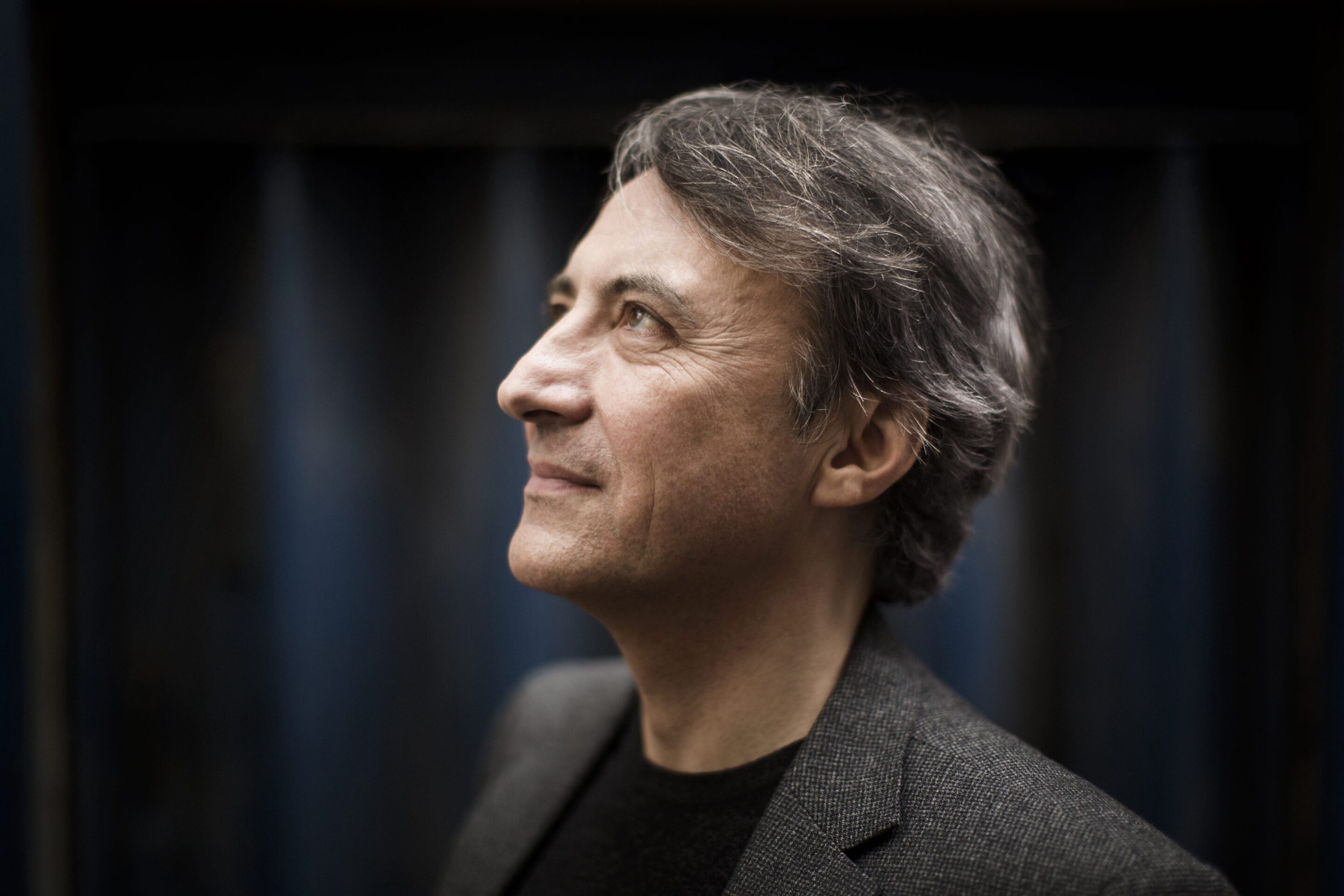

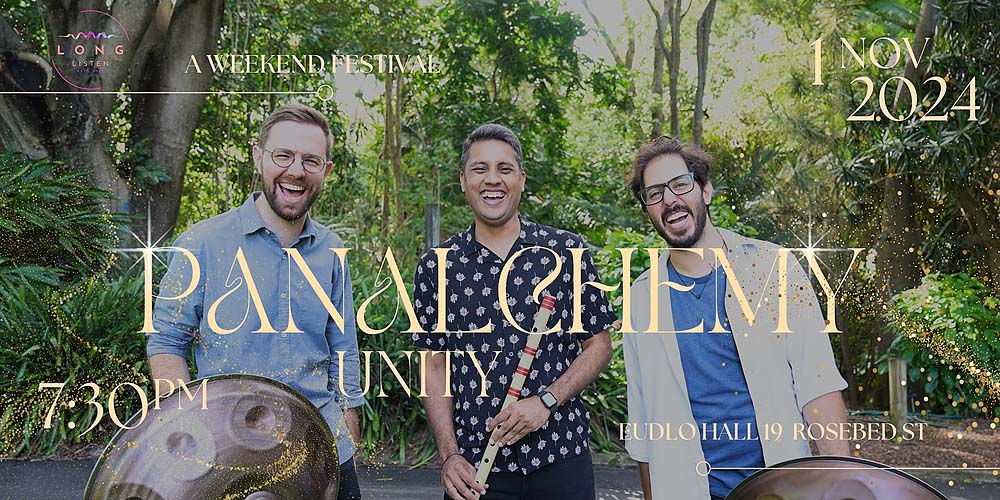
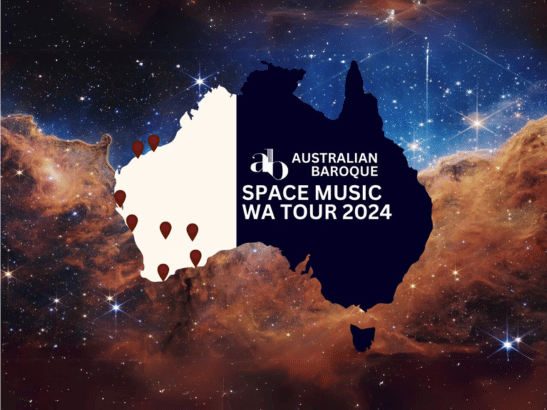
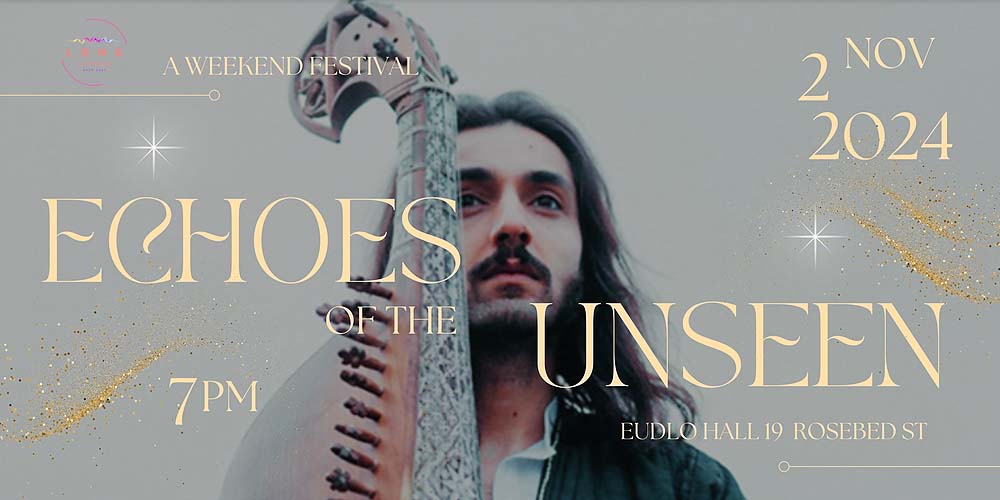
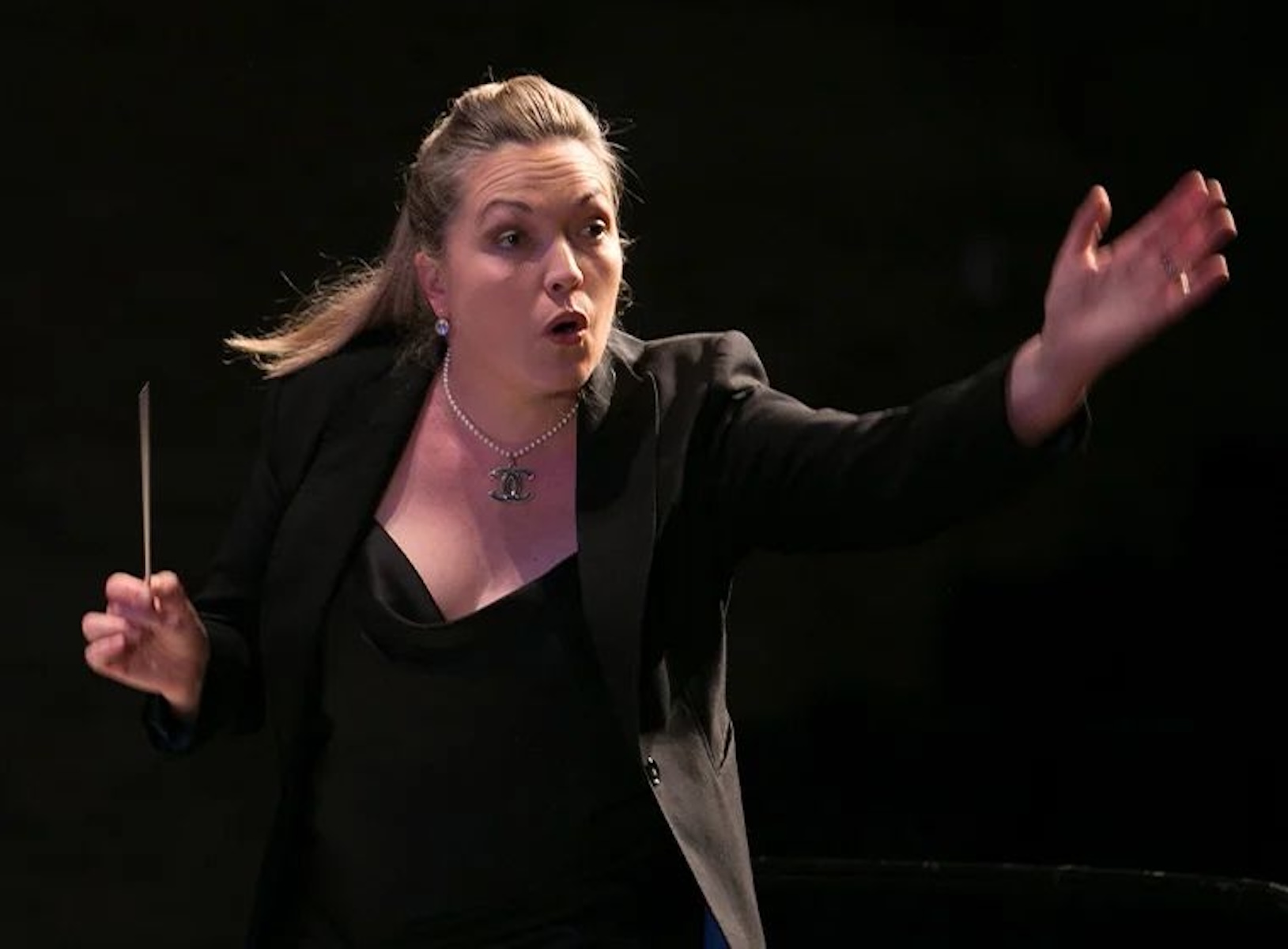
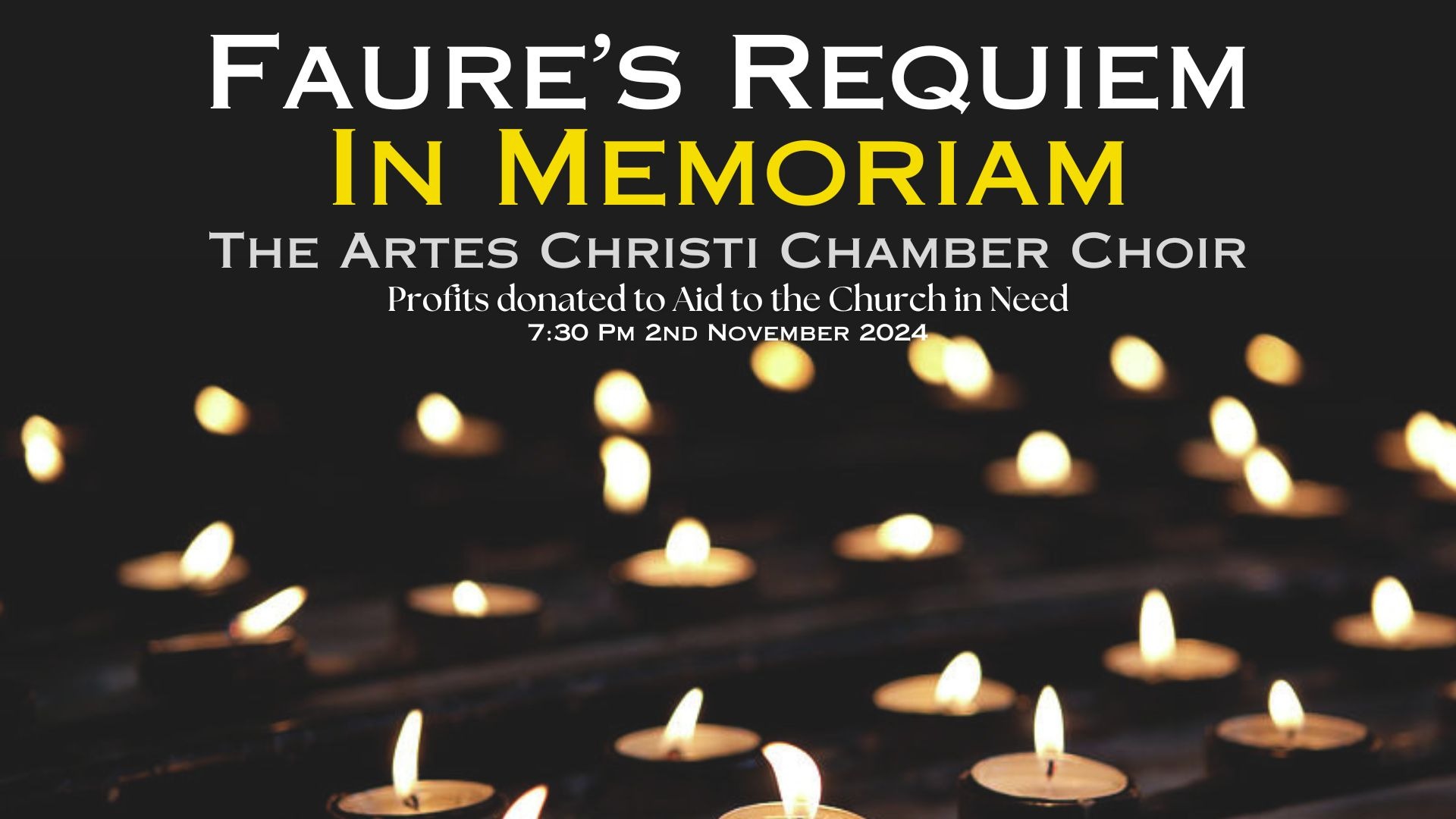
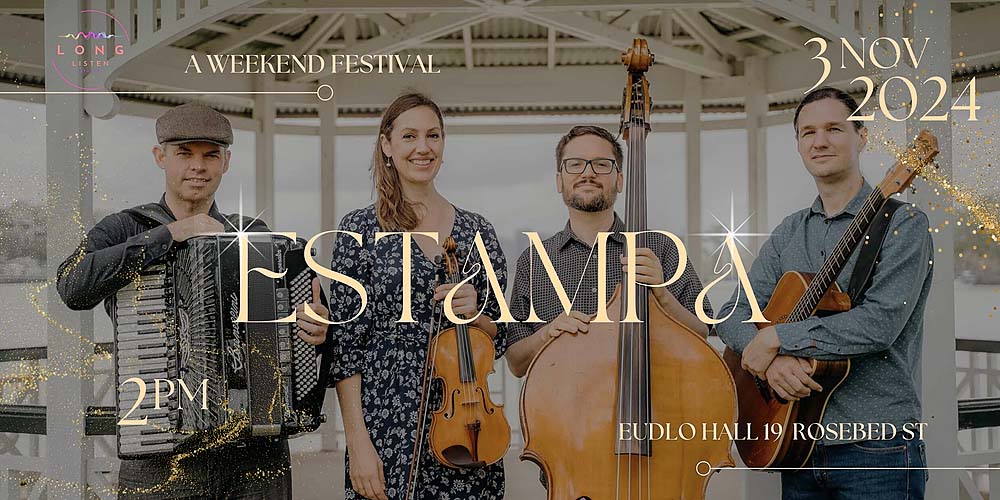

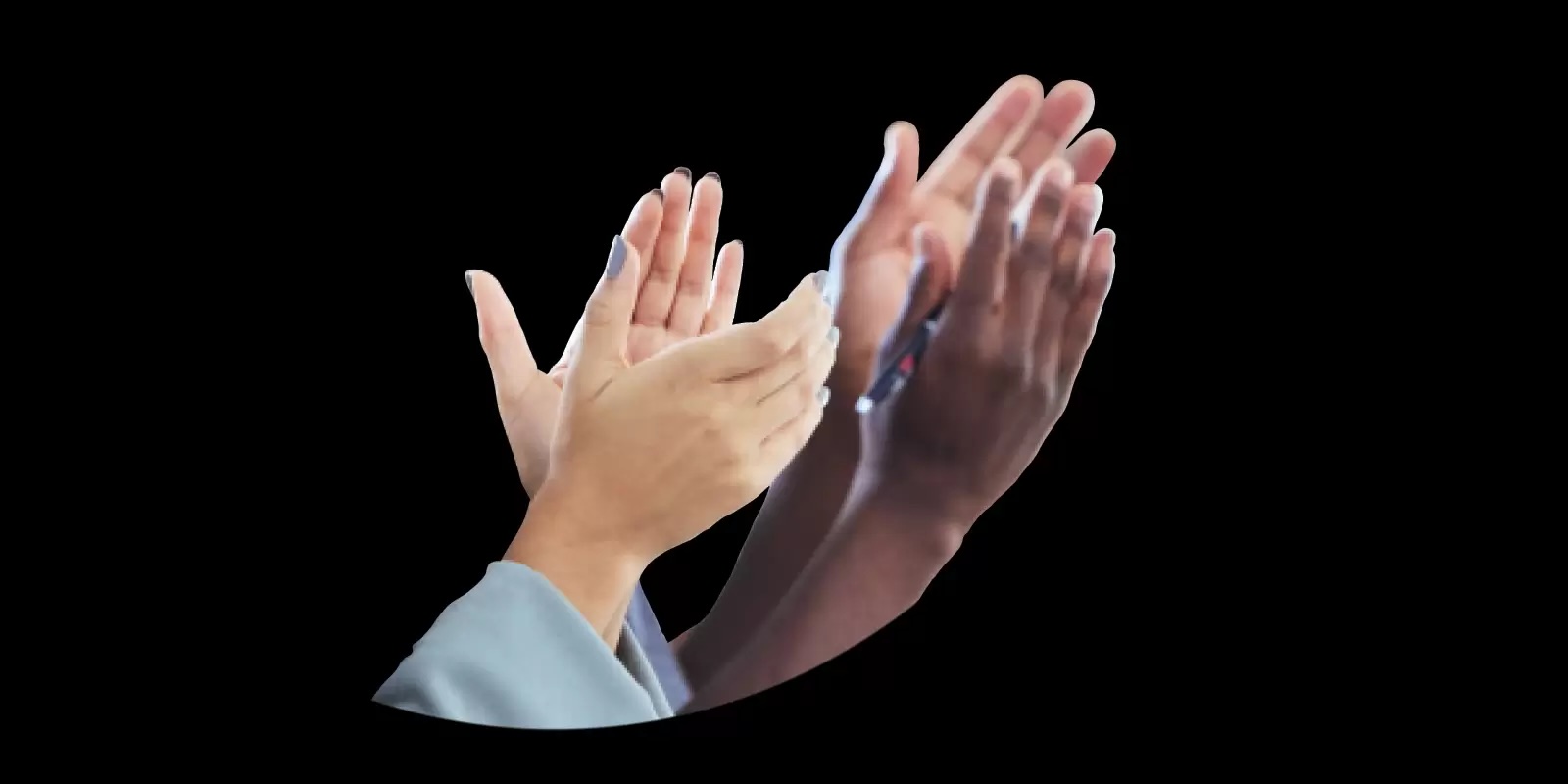



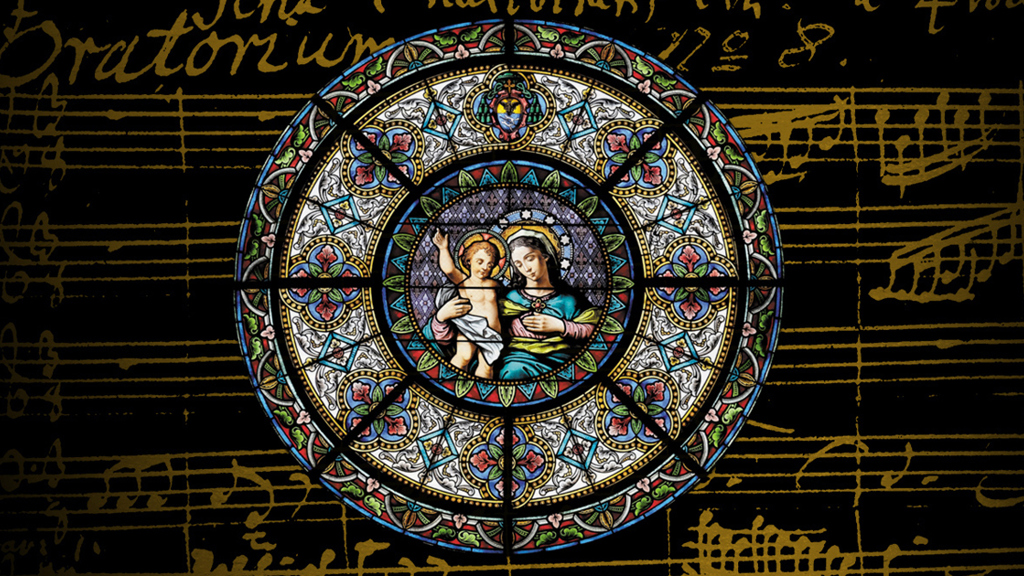
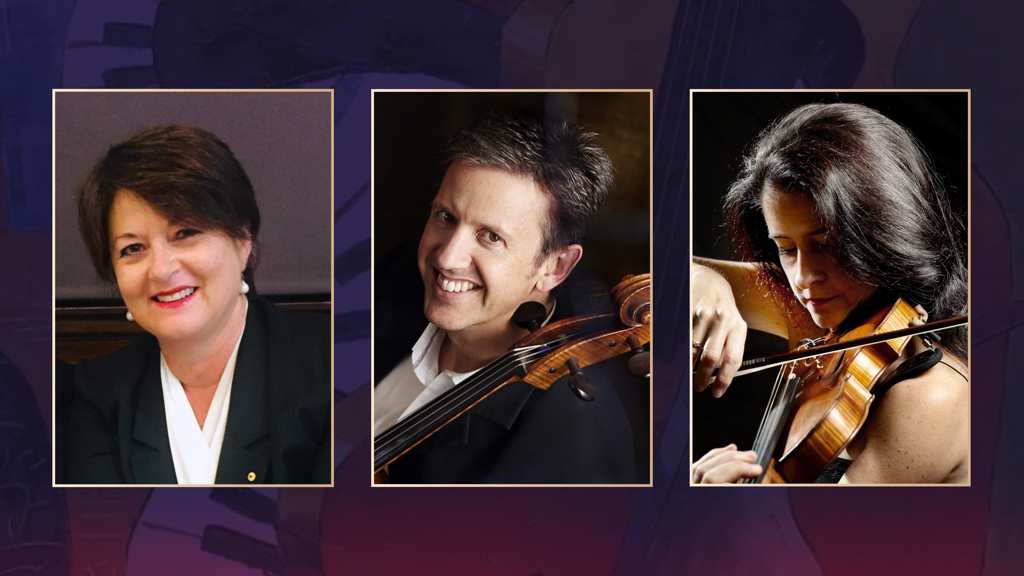

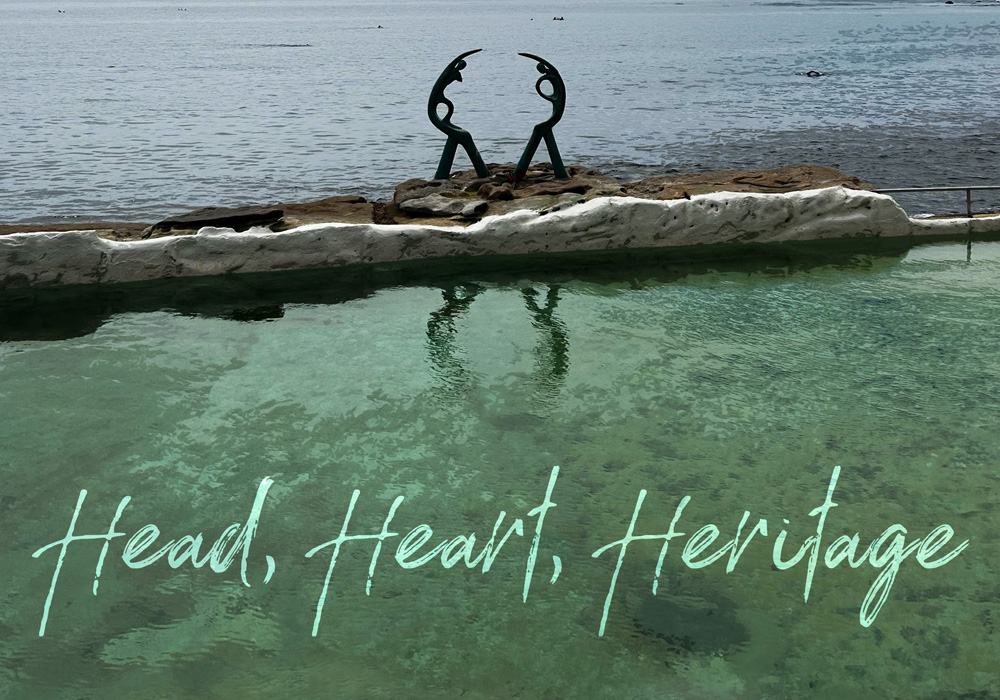
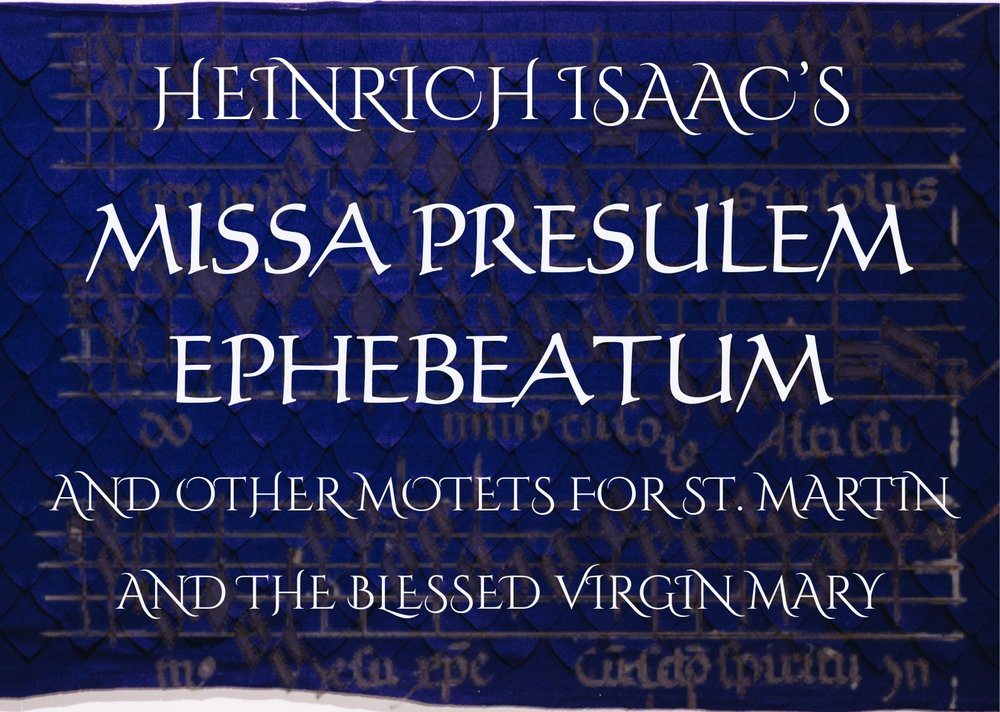

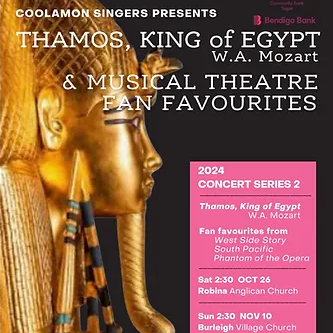
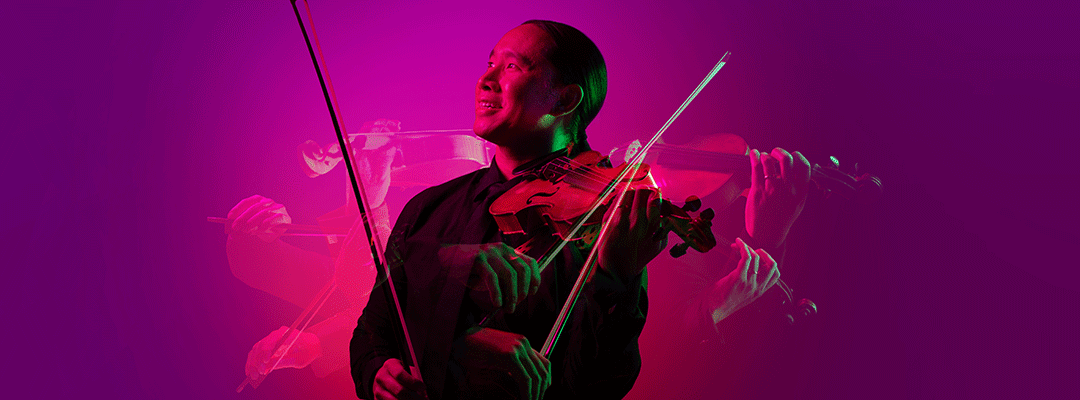
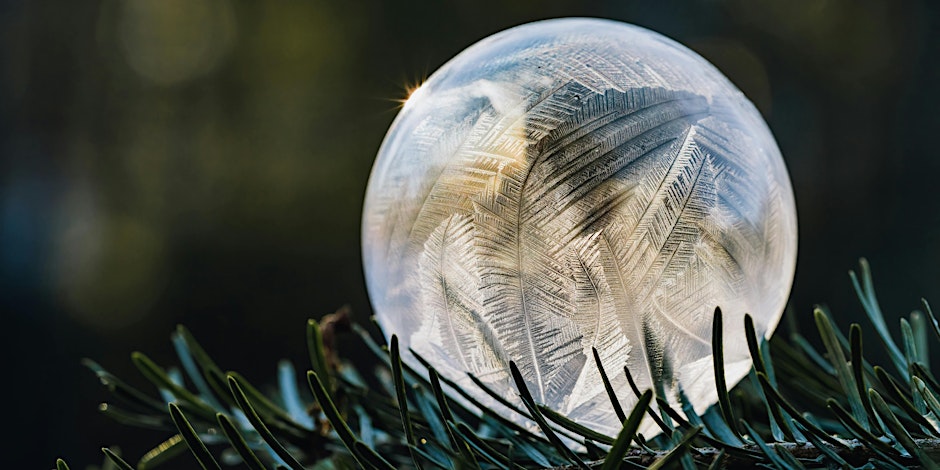

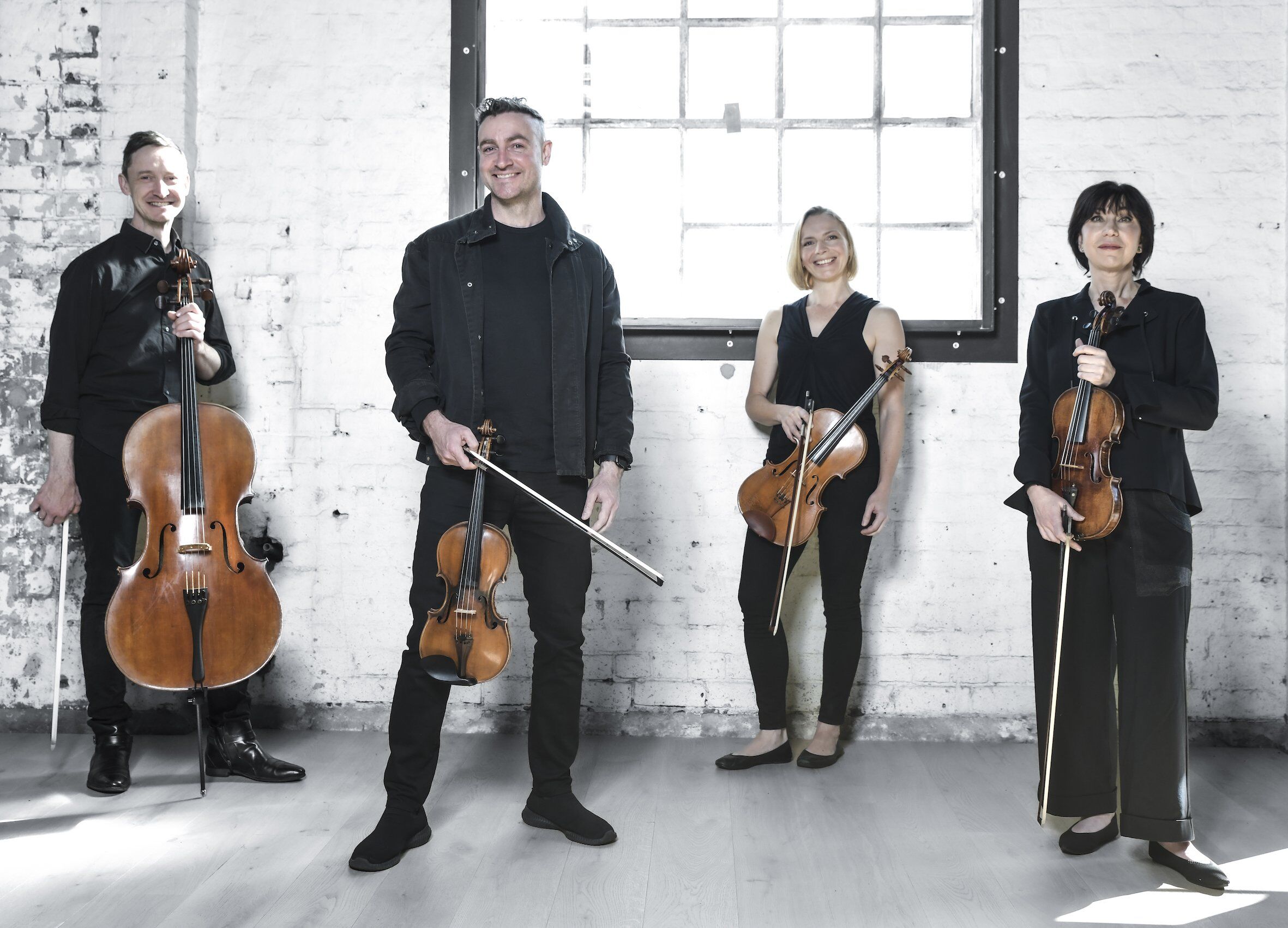

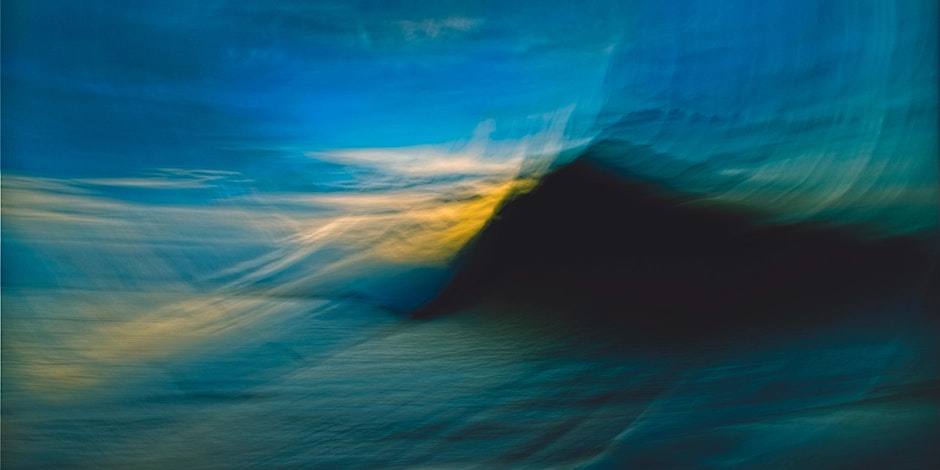

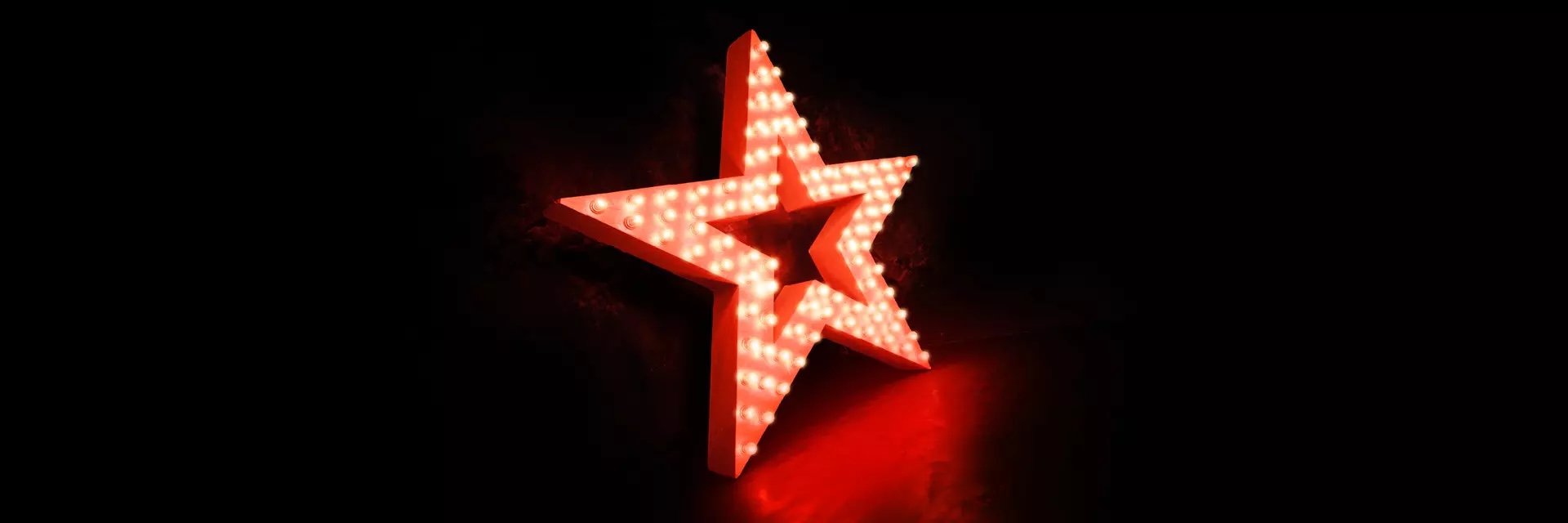

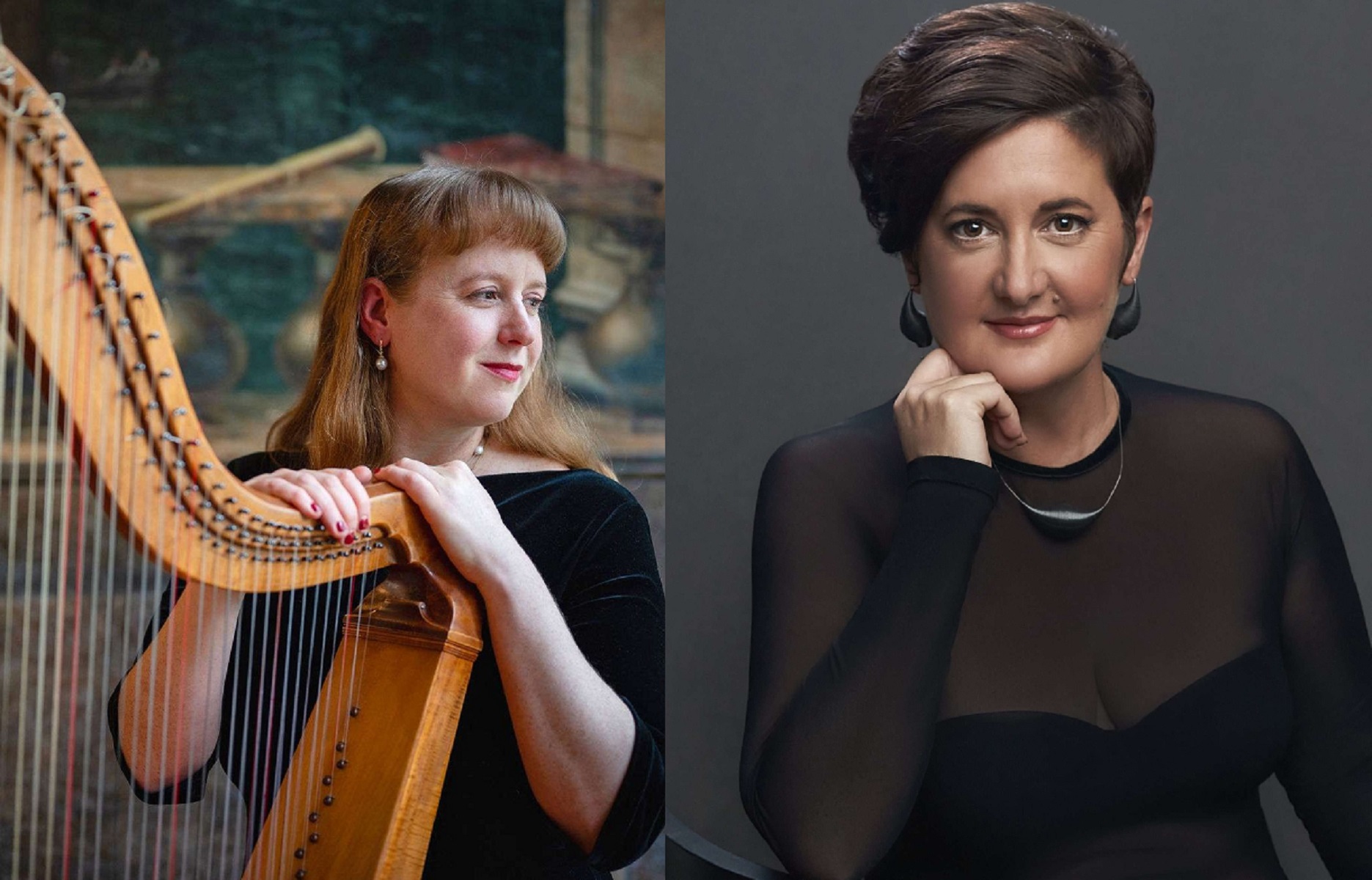
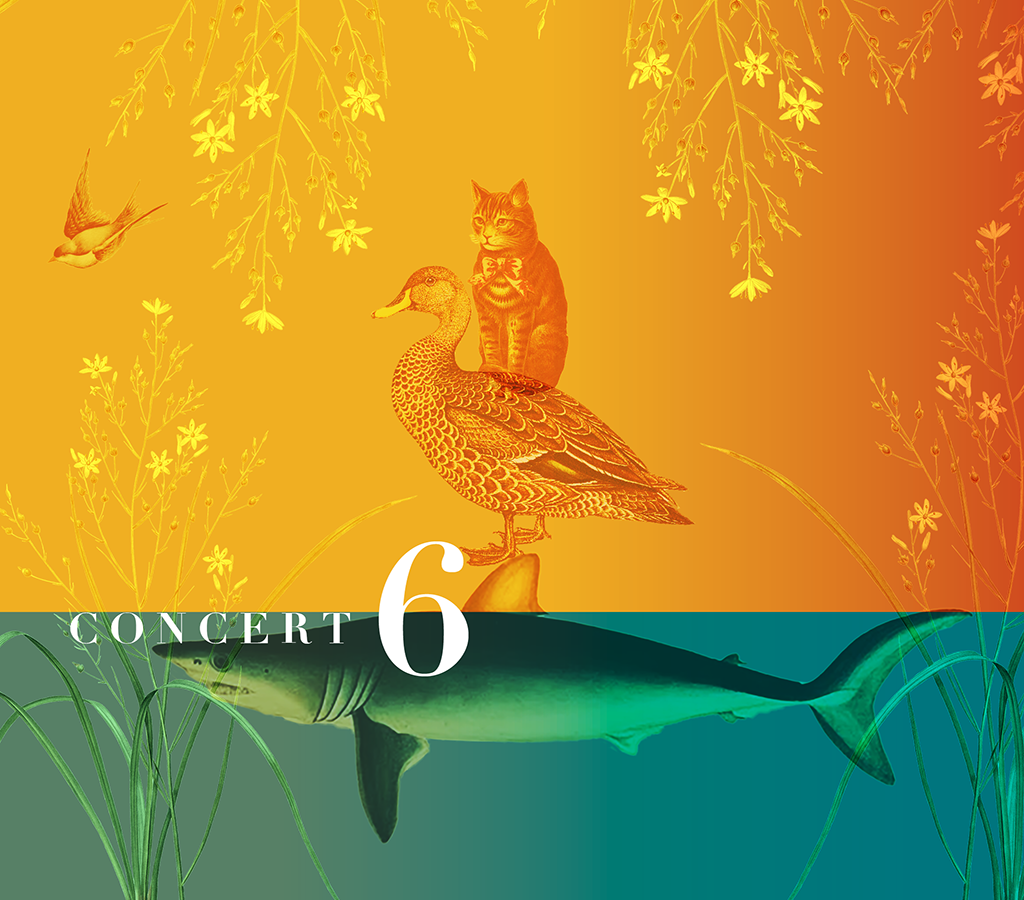

![user222 mrc mostlymozart [splendour of vienna] user222 mrc mostlymozart [splendour of vienna]](https://cdn-classikon.b-cdn.net/wp-content/uploads/2024/02/user222-mrc_mostlymozart_splendour_of_vienna.png)

